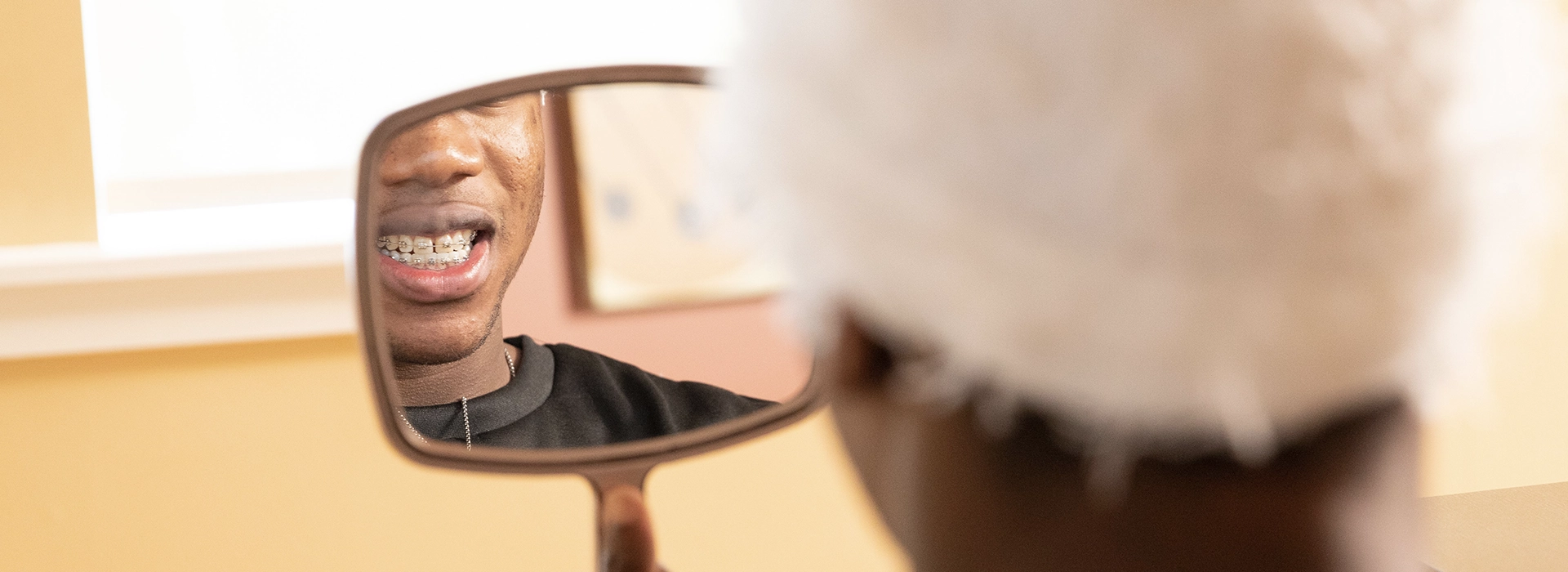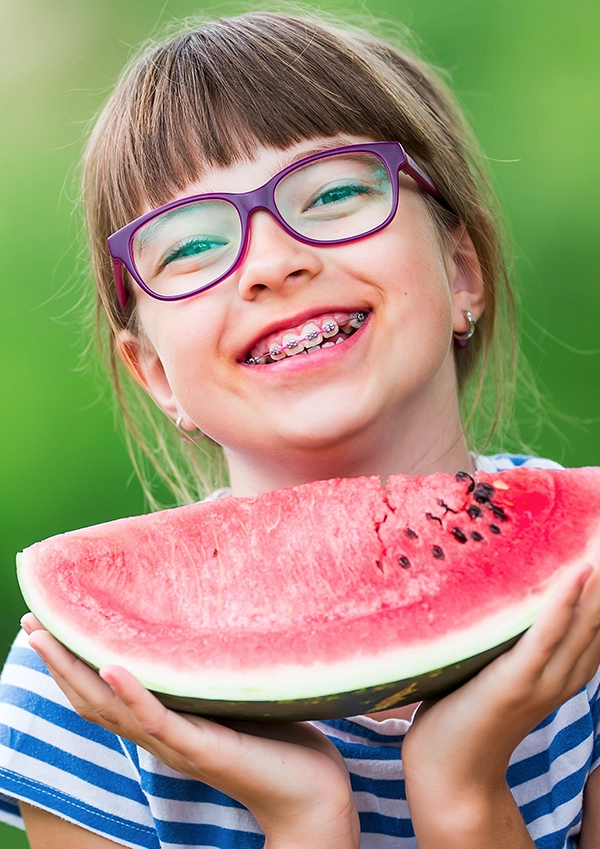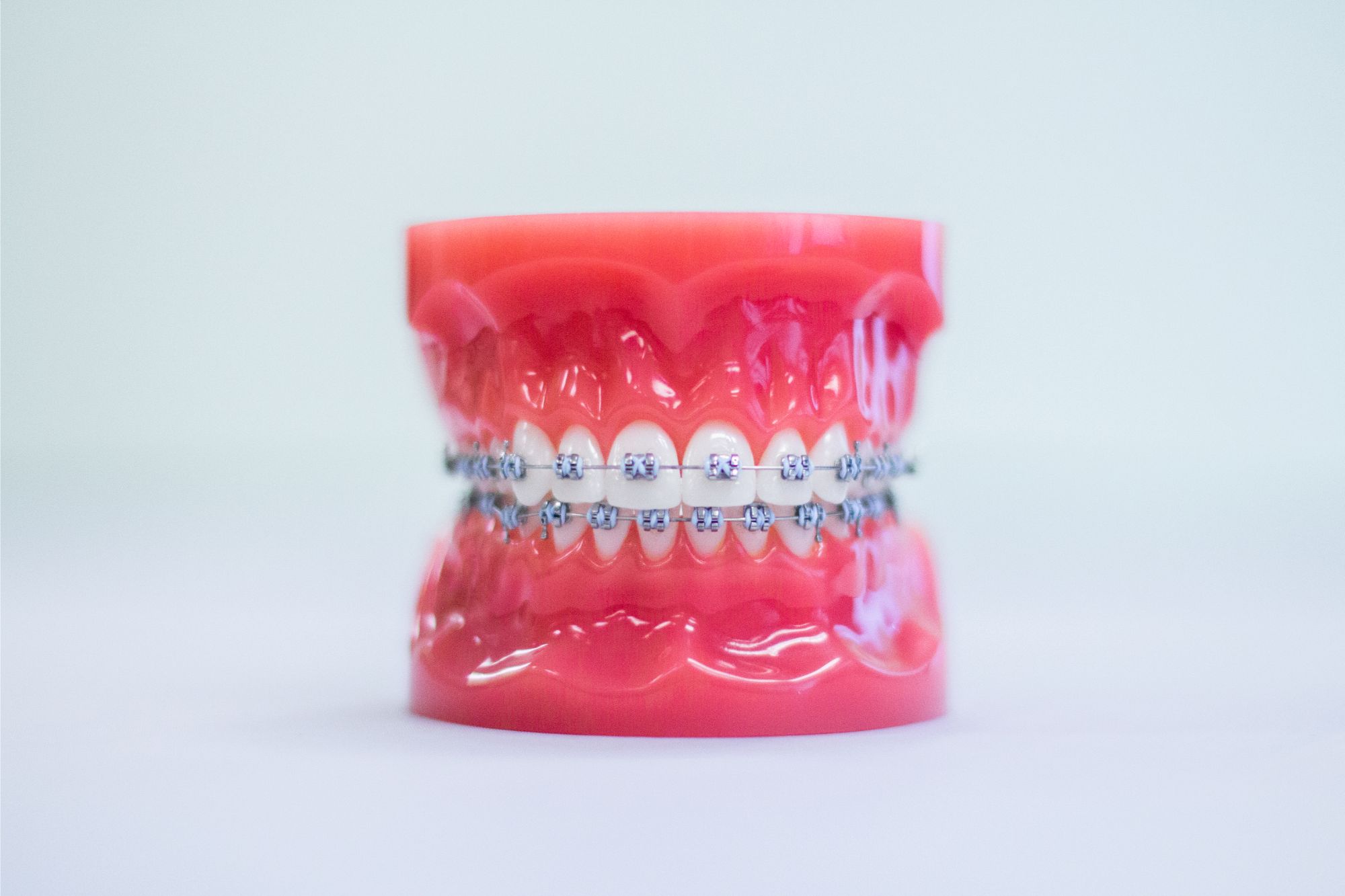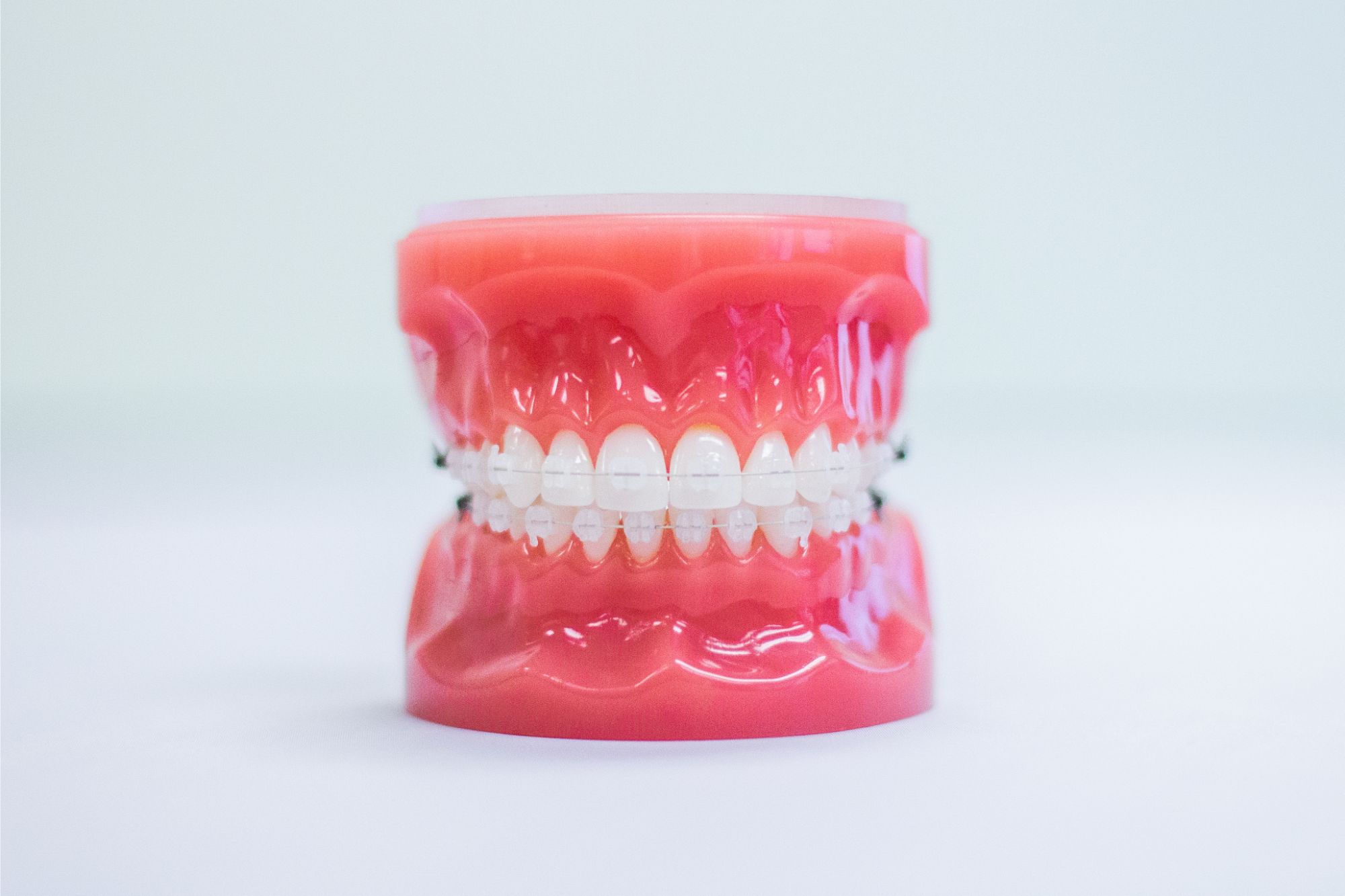
Braces 101
When considering orthodontic care, traditional braces are probably the most recognized choice. They have a proven track record for effectively addressing a broad spectrum of dental issues. Recent advancements in technology and improved materials have enhanced braces significantly. Today’s updated brackets offer the same reliable and efficient treatment as their predecessors but are smaller, more comfortable, and more adept at shifting teeth.
Eating with Braces
Don’t worry, you’ll be enjoying popcorn and potato chips again soon! In the meantime, it’s important to take extra care to avoid foods that might damage your braces.
Foods to Avoid with Braces:
- Chewy items: bagels, licorice
- Crunchy items: popcorn, chips, ice
- Sticky items: caramel, gum
- Hard items: nuts, hard candies
- Foods that need biting into: corn on the cob, apples, carrots
Foods You CAN Eat with Braces:
- Dairy: soft cheese, pudding, milk-based beverages
- Breads: soft tortillas, pancakes, muffins without nuts
- Grains: pasta, soft-cooked rice
- Meats/Poultry: tender chicken, meatballs, deli meats
- Seafood: tuna, salmon, crab cakes
- Vegetables: mashed potatoes, steamed spinach, beans
- Fruits: applesauce, bananas, fruit juice
- Treats: ice cream without nuts, milkshakes, Jell-O, soft cakes
Dealing with Soreness from Braces
When you first get braces, it’s normal to experience some tenderness or discomfort in your mouth. This sensation will subside as your mouth adjusts. To ease the pain, mix one teaspoon of salt into eight ounces of lukewarm water. Swish and gargle with this solution for a few minutes (but don’t swallow it).
If the discomfort is intense and persists after rinsing, you might consider taking an over-the-counter pain reliever. It’s also common for your lips, cheeks, and tongue to become irritated for a week or two as they get accustomed to the braces. We can provide you with wax to apply over the braces to reduce irritation. If you’d like some wax, just let us know!




